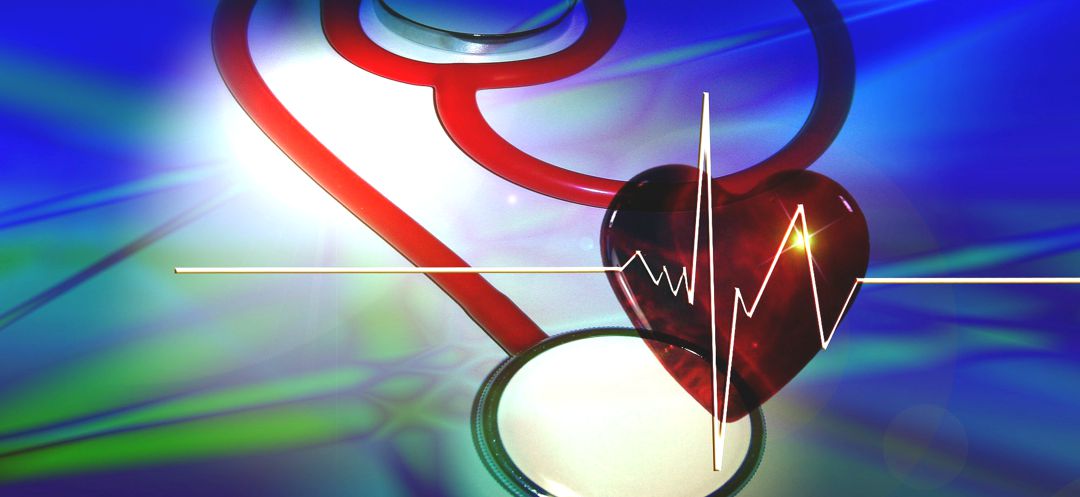Mrs. Green’s World is a platform that not only educates people about the health of the planet, but also encourages all of us to consider various options to create healthy, sustainable communities. We are proud to partner with Tucson Medical Center, which has been Tucson’s locally governed nonprofit regional hospital for more than 70 years. Because TMC is committed to empowering patients to be active partners in their care and has a robust wellness outreach program, we are sharing TMC’s message. To learn more, please listen to our special podcast series, sponsored by Tucson Medical Center.

Blood pressure is a great indicator of general heart health. Your systolic blood pressure (the upper number) should be between 100 and 120 mm Hg, and the diastolic (the lower number) should be between 60 and 80 mm Hg.
If your blood pressure is 130 or higher, your heart and arteries are working under greater stress. If your blood pressure is chronically high, that continued stress can strain and damage the artery walls, promote plaque accumulation and lead to stroke or heart attack. However, there are often no obvious symptoms of high blood pressure until something dramatic or possibly fatal occurs.
Having regular appointments with your provider allows you to keep track of your blood pressure and to work with your provider to lower your risks.
 Whether you have already identified that you have high blood pressure, or you want to avoid developing it, we asked Natalie Norem, FNP-BC, for pointers on how to keep blood pressure in check before using medication.
Whether you have already identified that you have high blood pressure, or you want to avoid developing it, we asked Natalie Norem, FNP-BC, for pointers on how to keep blood pressure in check before using medication.
Walk it out
Walking briskly 30 minutes a day can help lower your blood pressure. By exercising your heart, you help it become more efficient, which lowers pressure. Any aerobic activity that you enjoy such as dancing, biking, swimming, etc., works. While exercise helps the health of your arteries, it also has an added bonus – building muscle and burning fat to keep you or help you get to a healthy weight. The Core at La Encantada has classes to help.
Lose the pounds
Talk to your primary care provider about what a healthy weight is for you, and make a plan to lose the pounds if needed. Increasing exercise and changing eating habits can make a difference. Just know that healthy weight loss takes time.
Find your Om
Increasingly, there is evidence that meditation can modestly lower blood pressure. The goal is 10-20 minutes a day, that may be too long to start with. Start with five minutes and work up to more time.
Sitting meditation: Sit in a quiet space, with your eyes soft or closed, focus on a word or phrase. It can be a traditional mantra, or if that has too much of a 60s vibe, perhaps something like ‘I am’ or ‘Letting go.’ You can also recite a favorite prayer over and over again. If random thoughts, or worries from the day enter your mind don’t worry. Let the thoughts come in and leave and refocus on your word. Try tai chi. Tai chi is the ultimate classic moving meditation – gentle, continuous movements that focus on breath and balance.
Season your food with a DASH less sodium
Salt adds taste, but it also adds sodium to your system. Your body holds onto water to dilute the sodium, the extra water increases your blood volume and your heart has to work harder to push the blood around your body. Lower your salt intake by using herbs and spices, lime juice and vinegar to season your food. Avoid processed foods, which often have added sodium and sugar in them, or choose those that are labeled as low-sodium. Be particularly aware of hidden sources of sodium such as processed meats, hot dogs, sausages, cheeses, sauces and condiments, broths and soups.
Watch your alcohol consumption
A few drinks one evening will temporarily raise your blood pressure, but repeating a few drinks every few nights can lead to long-term increases. If you have high blood pressure, cut alcohol out or drink alcohol in moderation. That means one drink a day for women or two drinks for men.